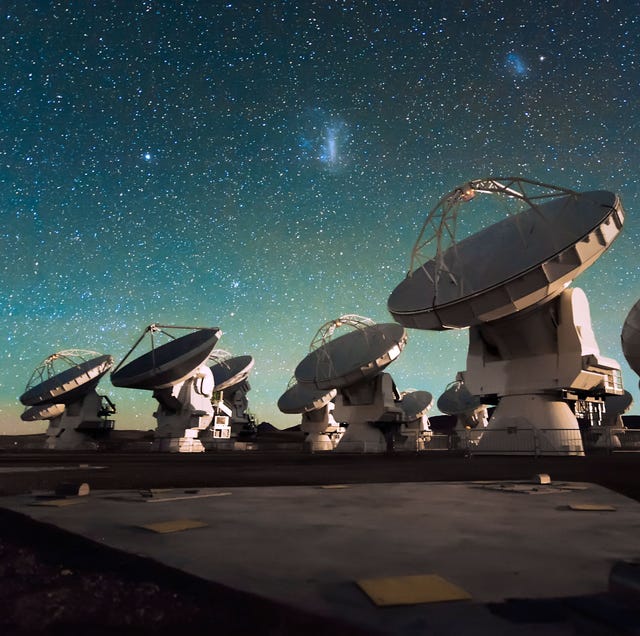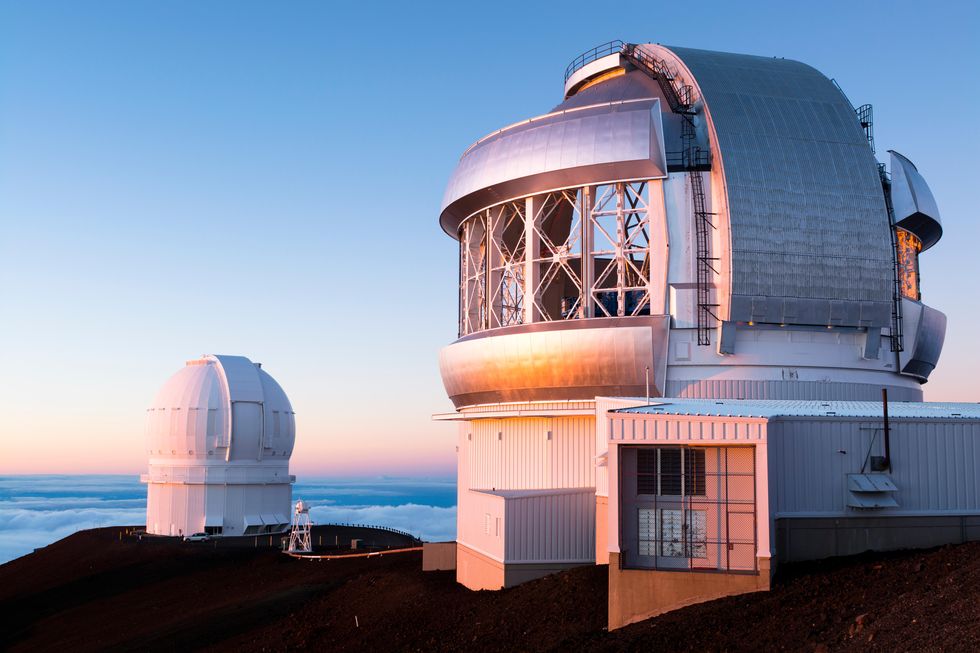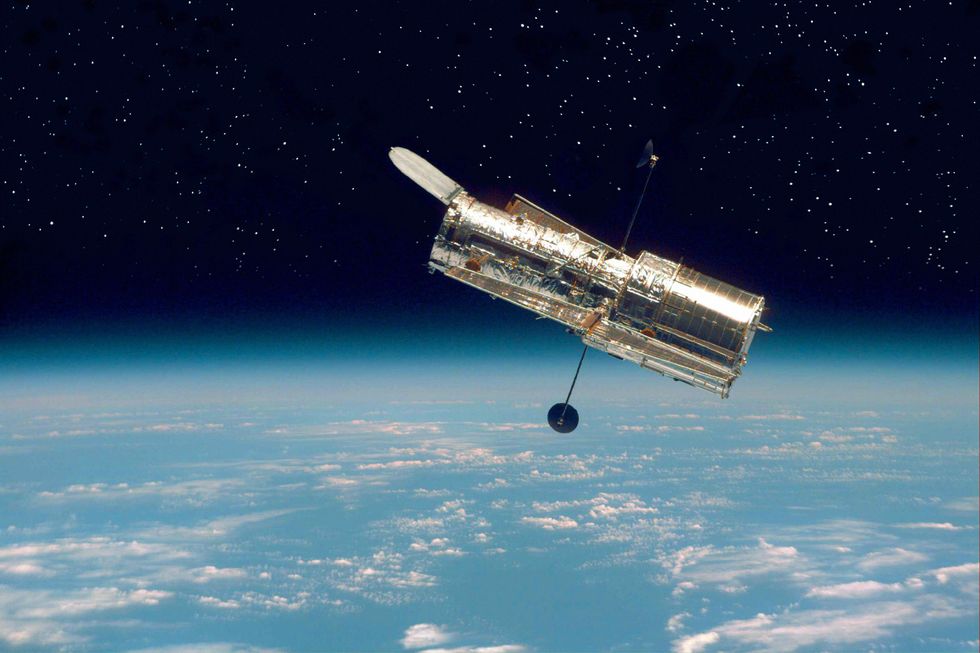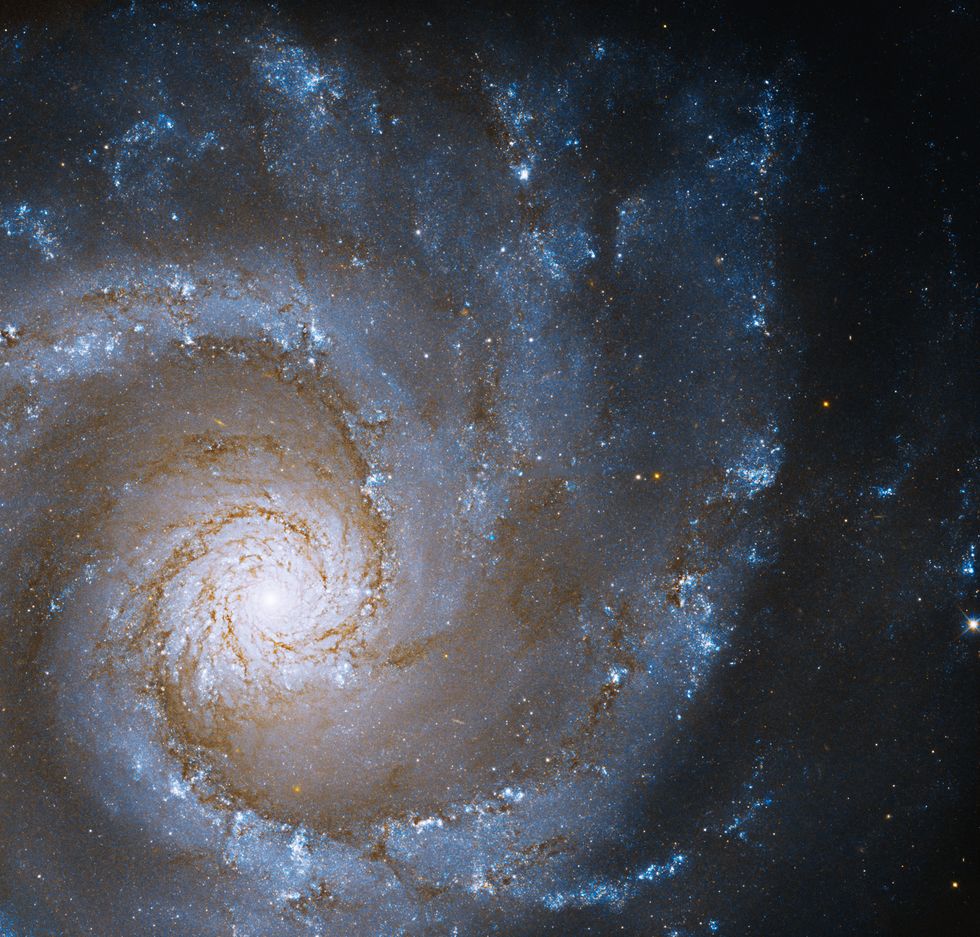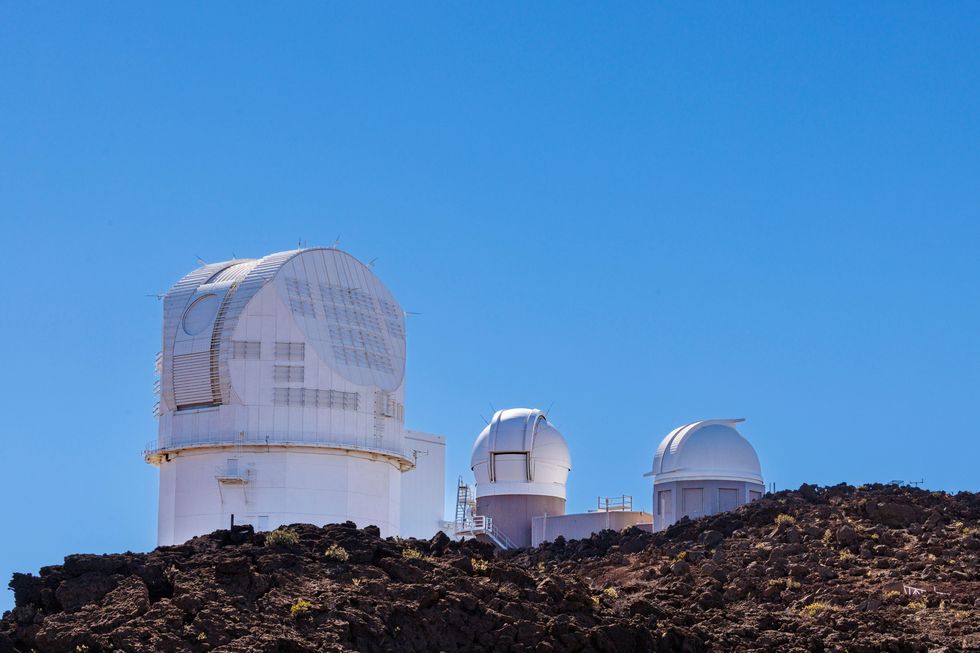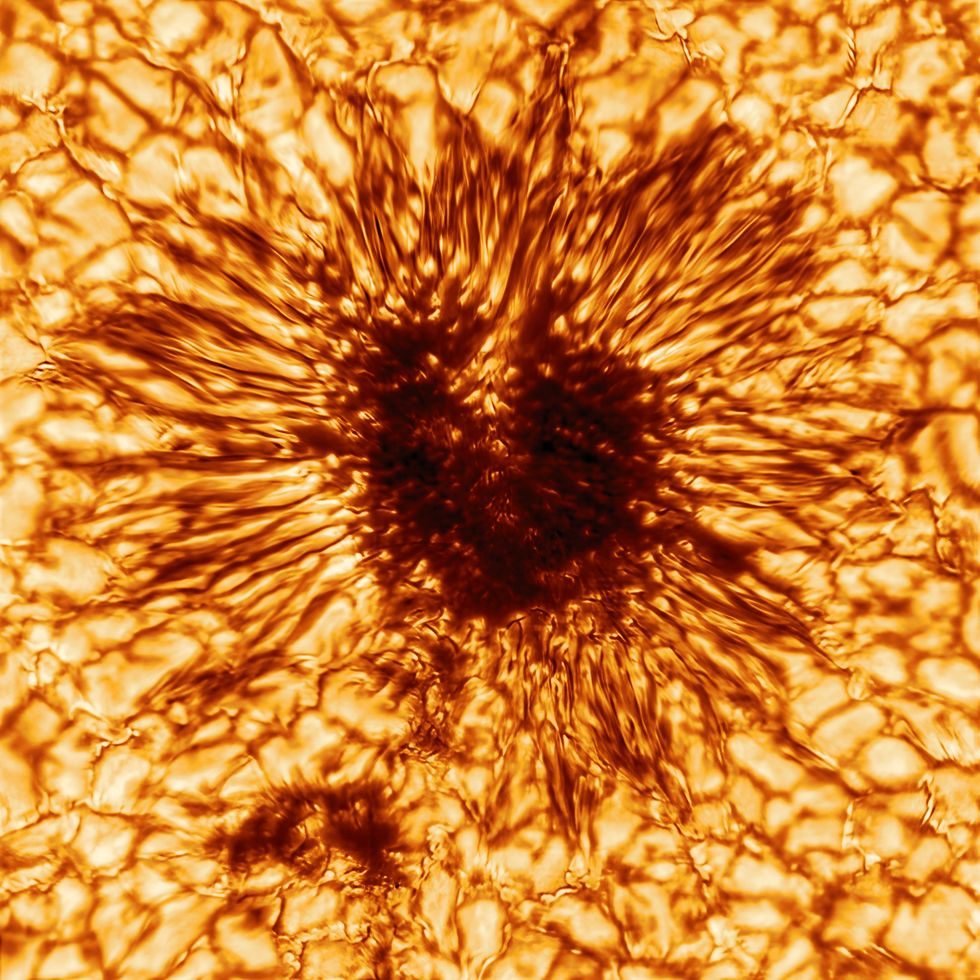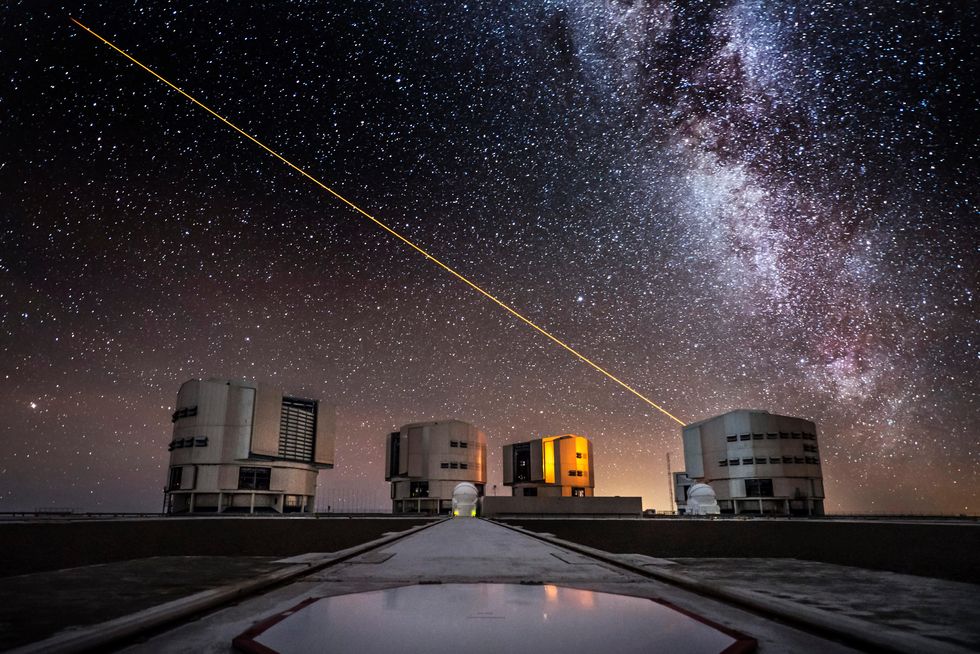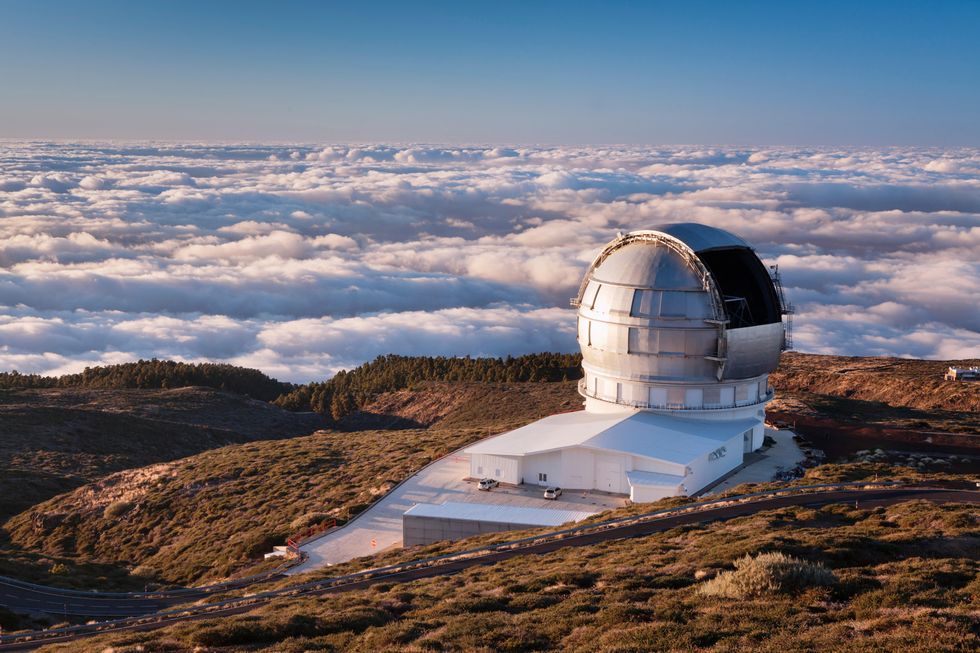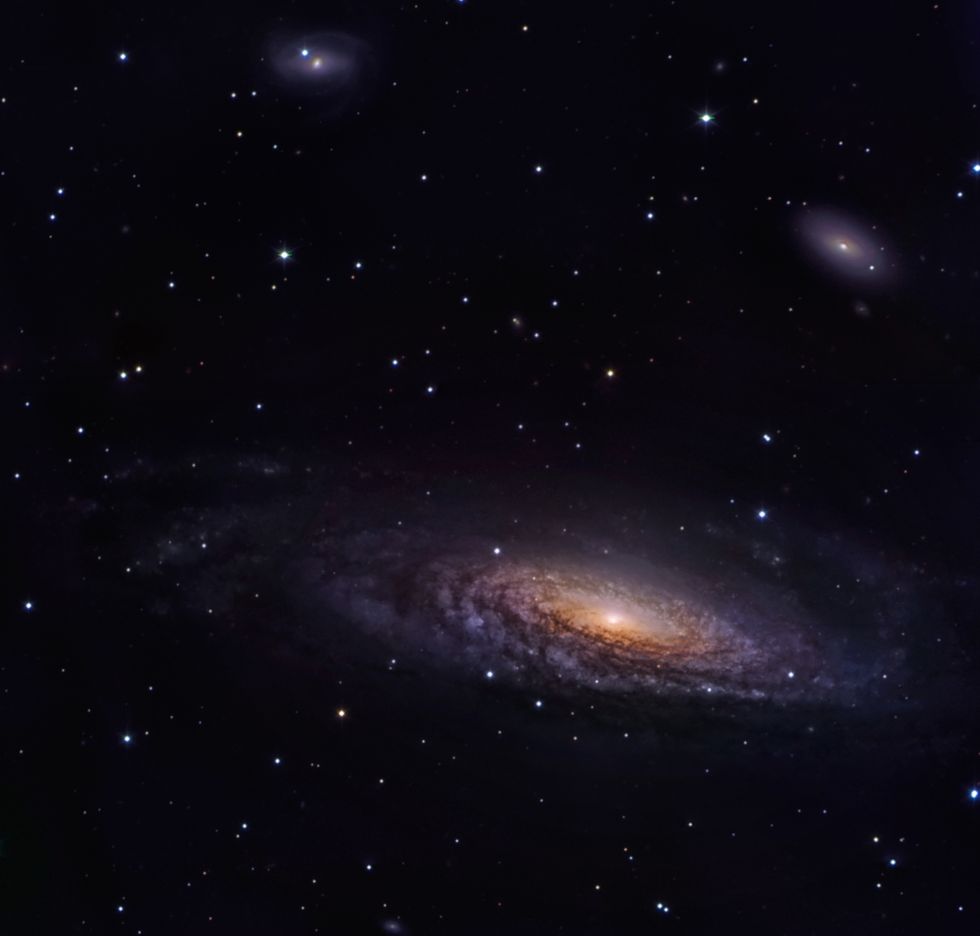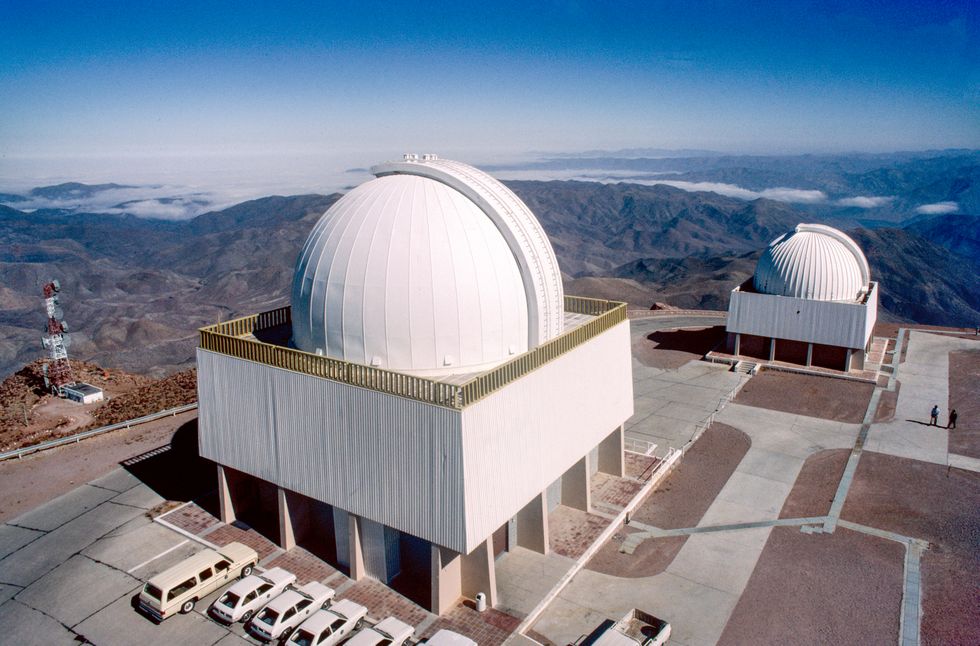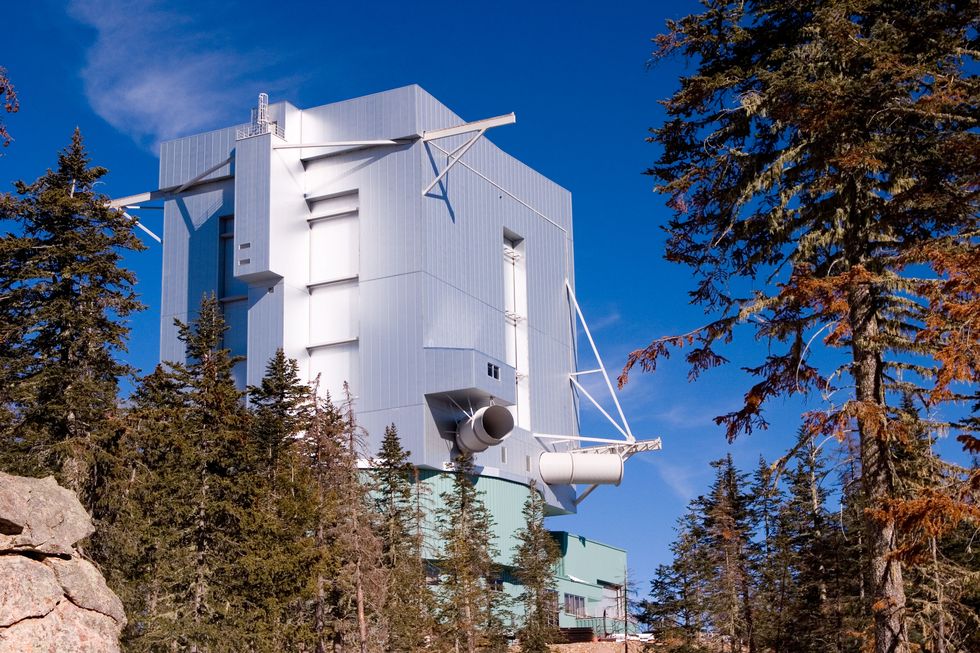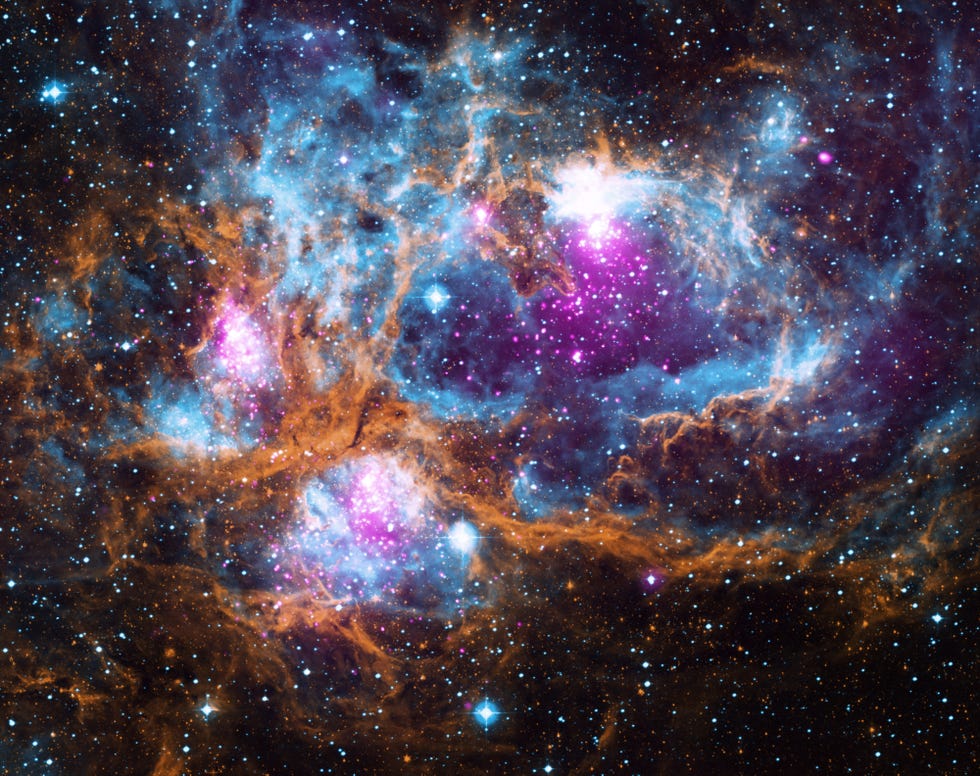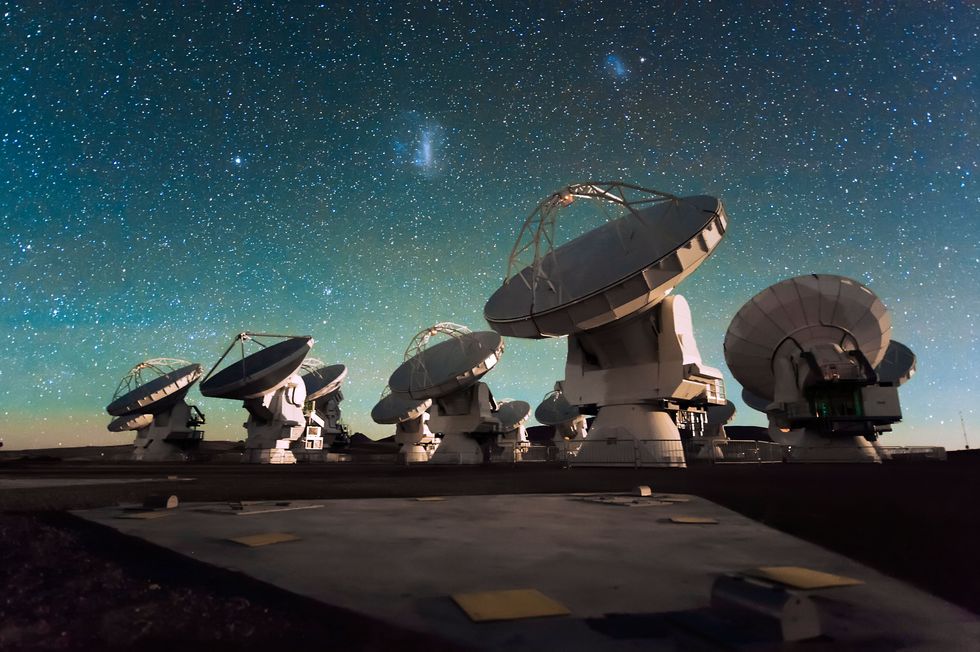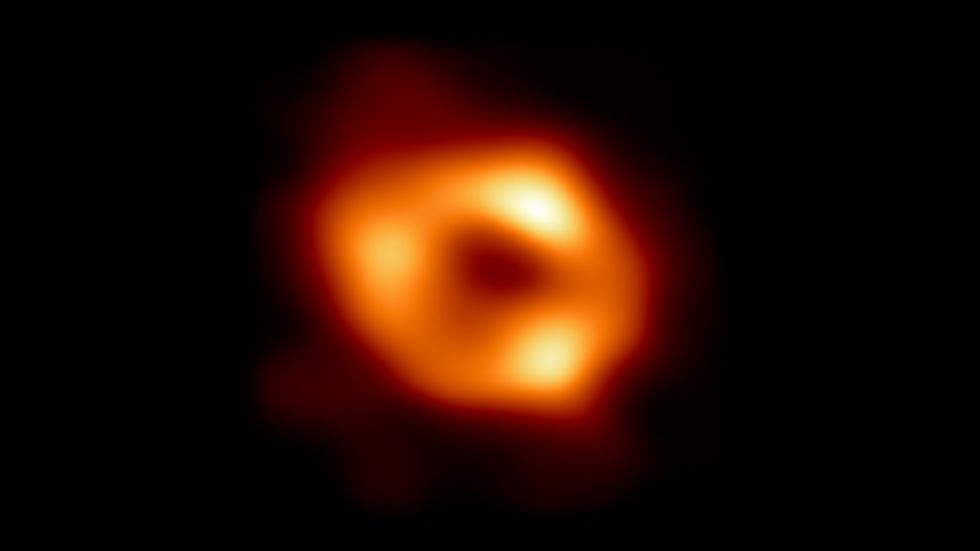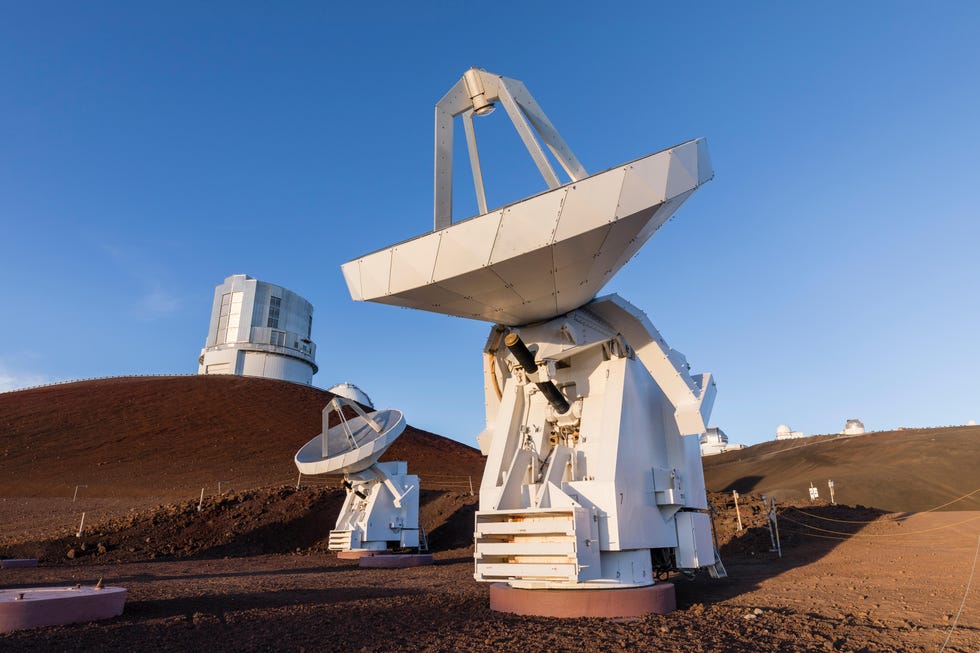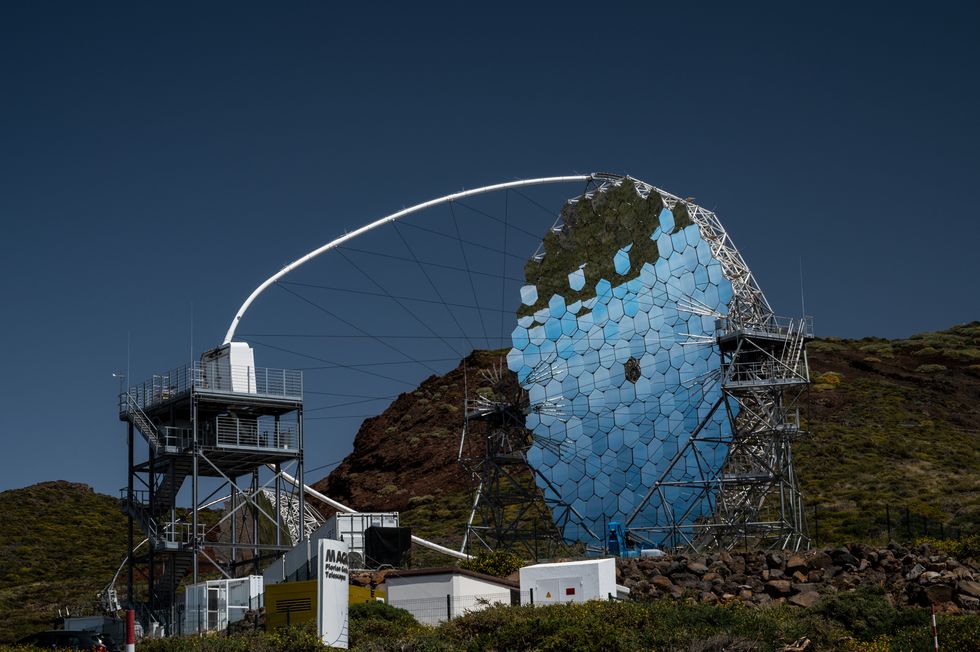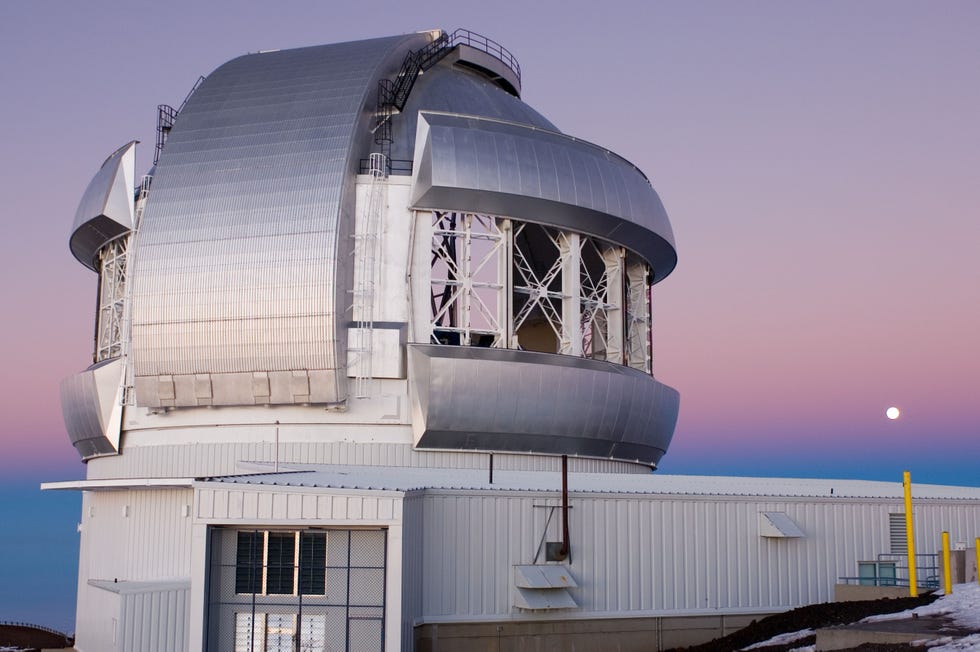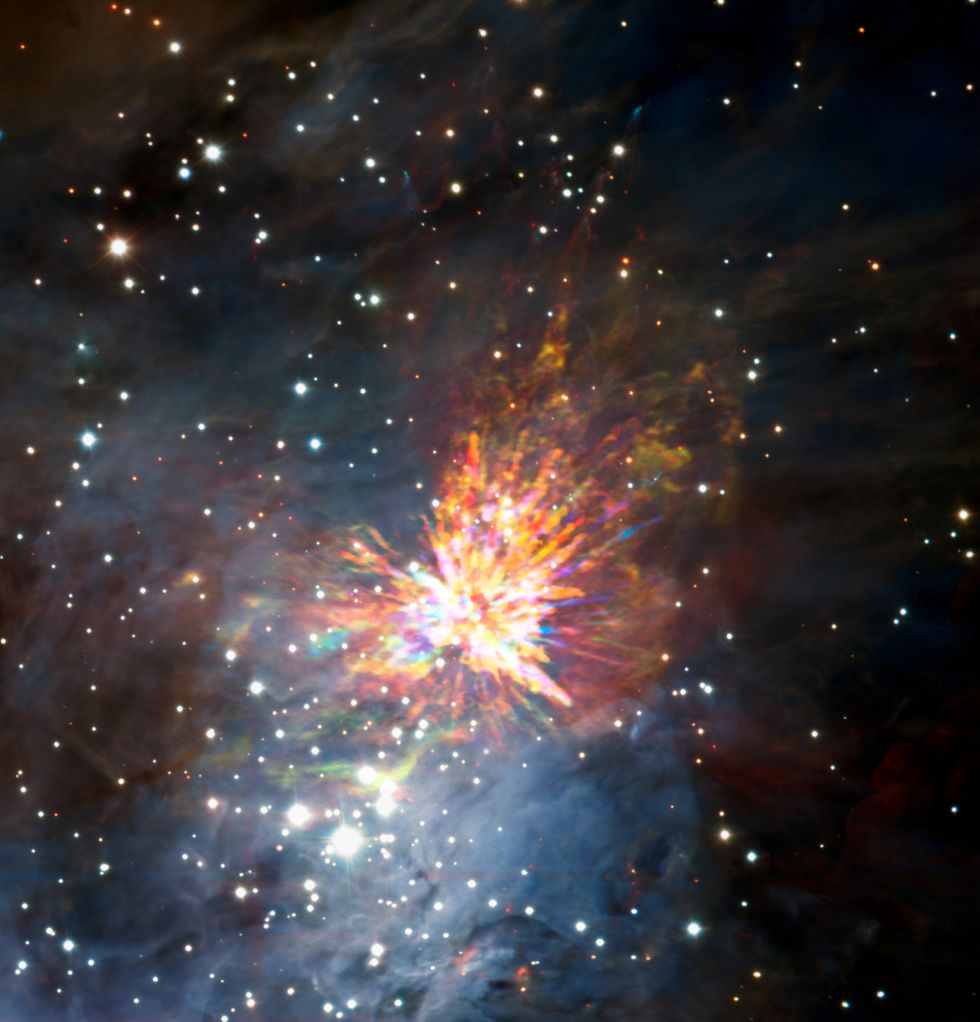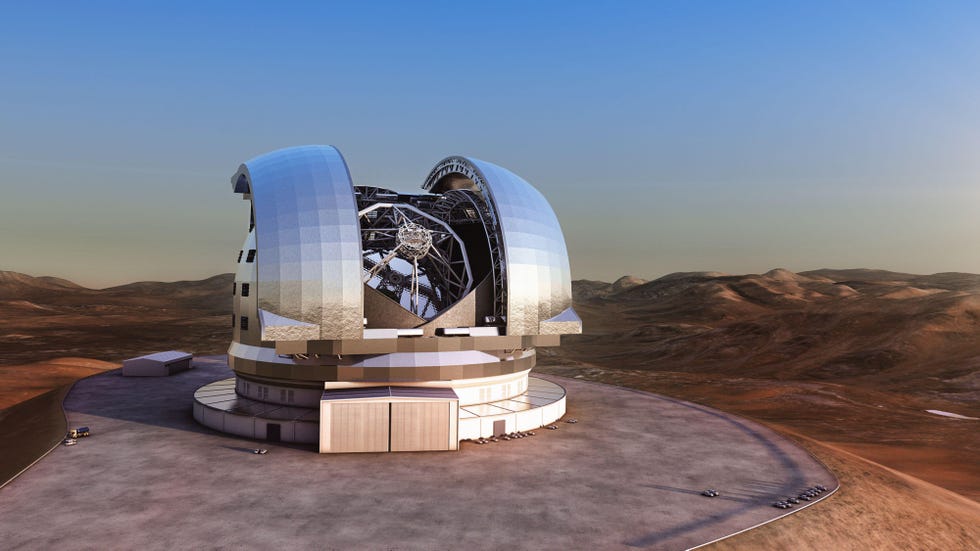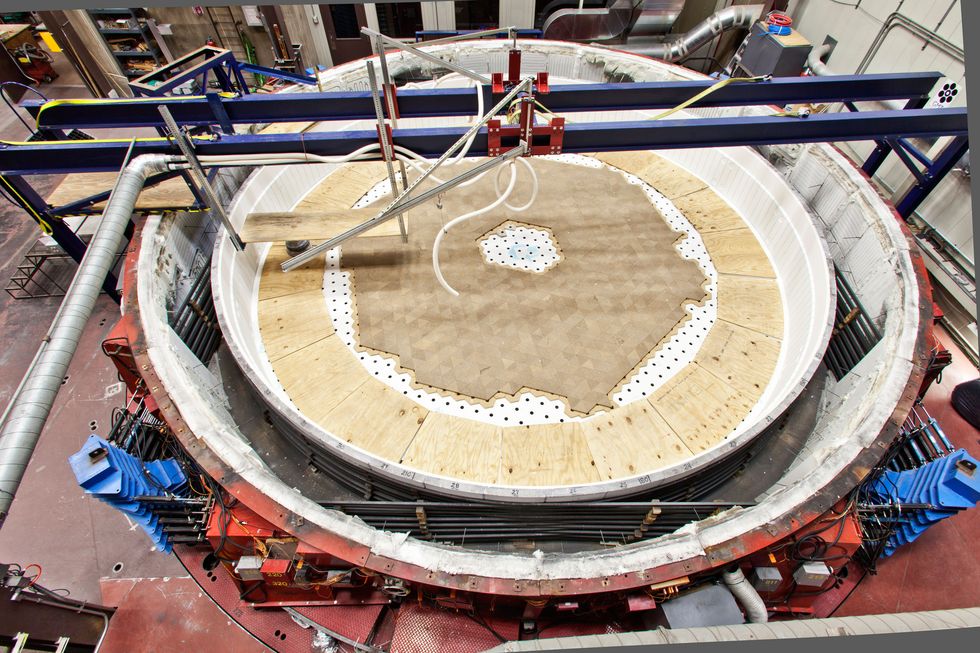Few scientific tools are as productive, publicly revered, and seemingly infinitely capable as the humble observatory telescope. This optical marvel—found in locations ranging from the early Kitt Peak and Mt. Wilson observatories to Keck and La Silla, and now overhead as Hubble and Webb—aims massive mirrors and excruciatingly sensitive instruments around the heavens with the precision of a seasoned archer. The resulting imagery, whether it’s an extraordinary first-ever look at a black hole or an intriguing first-time hint of a planet in a distant galaxy, captivates both the public and the scientists who dig into their prodigious data streams.
These world-class telescopes represent decades of innovative thinking, with clever design strategies and brilliant software solutions aimed at hunting down answers to cosmic queries. Though the astronomer peering thoughtfully into an eyepiece is a scenario from the past (data is processed digitally now), telescopes remain broadly recognizable. Most use large mirrors to reflect light into sensors, and most sit on mountaintops high above the thicker atmosphere below. Their targets often define their sizes and configurations. “A bigger telescope collects more light and sees the universe at higher resolution than a small telescope, but if your goal is to detect X-rays from around a black hole, a small X-ray telescope is better than a large optical telescope,” notes Rick Fienberg, a senior advisor to the American Astronomical Society. “If your goal is to observe a radio source at the highest possible resolution, you want to use a radio interferometer, which is a collection of smaller dishes spread out over an area much larger than anyone could build a single dish.”
Modern telescopes also capitalize on the same steady technological progress that has rendered our own smartphones exceedingly capable. “When I was a grad student in the 1980s, a typical digital camera on a telescope had less than 100,000 pixels,” Fienberg says. “The camera on the 8.4-meter telescope of the upcoming Vera Rubin Observatory has 3.2 billion pixels!” That’s the largest digital camera ever built.
Among the dozens of superpowerful telescopes across the globe (and orbiting it), these are the biggest and best. We’ve assessed the capabilities and accomplishments of each, from so-called first light—their debut moments following construction—through today. As for the future? “The next big leap in technology is going to be very big, and it’s coming soon—as in, by the end of this decade, when several huge telescopes will be coming online,” Fienberg says. “The Giant Magellan Telescope and the Extremely Large Telescope are being built in Chile.”
These mega-telescopes usually benefit from vast international partnerships, with participating governments and research organizations contributing to design, funding, and management in exchange for “time at the eyepiece” and the perpetual collaboration of some of the greatest minds in the known universe.
These are the instruments that keep astronomers up all night.
Manager: California Association for Research in Astronomy | First light: Keck I, November 24, 1990; Keck II, January 23, 1996 | Location: Mauna Kea, Hawaii | Altitude: 13,796 feet | Mirror diameter: 10 meters each, comprising 36 hexagonal segments, each 6 feet across and 3 inches thick
The dual telescopes of the Keck Observatory—a gleaming pair of 98-foot-tall golf balls sitting atop a dormant volcano in Hawaii—were the first of the modern era of big-mirror telescopes. This was made possible by the introduction of active optics, which uses smaller mirror segments that are independently computer-aligned and adjusted, rather than trying to create a rigid single-piece mirror of the same size. (The latter would be too heavy to maintain its precise shape.) The telescopes can be used independently or in unison, operating as a single instrument with an aperture equivalent to their 280-foot combined width. Since their debut in the early 1990s, the pair have used their 10-meter mirrors to hunt planets around distant stars, explore the depths of black holes, and investigate the evolution of the universe.
Manager: NASA/Space Telescope Science Institute | First light: May 20, 1990 | Location: Low Earth orbit | Altitude: 333 miles | Mirror diameter: 2.4 meters
Though wildly expensive to build, space telescopes generate images unencumbered by the light pollution and atmospheric distortion that ground-based telescopes must deal with. Their images are pristine and detailed. Hubble is the Queen Mother of space telescopes, a silver fireplug floating in space with a pair of 23-foot-long solar panels that have kept it in the hunt for more than 30 years. Though it began its life in orbit inauspiciously—with an optical defect that almost ended the program, requiring a delicate NASA Space Shuttle mission to fix—Hubble has since produced staggering imagery. Among its greatest hits is the famed Hubble Deep Field—a collection of thousands of galaxies located in a relative speck of visible sky—and research that has helped narrow down the age of the universe to 13.7 billion years. (Some new calculations put the universe at 11.4 billion.) Images produced by the telescope have also helped astronomers determine that most galaxies have black holes at their centers, and allowed for unprecedented study of nearby planets, namely Jupiter and Saturn.
Manager: NASA/Space Telescope Science Institute | First light: February 3, 2022 | Location: Solar orbit at Sun-Earth Lagrange point | Altitude: 160,000 to 517,000 miles | Mirror diameter: 6.5 meters
The James Webb Space Telescope, though just now entering service after its launch in December 2021, has astronomical promise, Fienberg says, and a long list of eager researchers are waiting for their time slots on the instrument. “Like Hubble, it’s expected to be consistently oversubscribed by users by a large margin and able to produce lots of rewrite-the-textbooks science,” he says. The new infrared telescope looks highly unconventional—its massive, dramatic gold mirror assembly sits out in the open, like it’s riding on a sled—but it packs a wealth of innovation. For one, the mirrors are made with a new form of gold-plated beryllium. It’s also configured in a way that allows it to remain chilled even in direct view of the sun, which is essential for infrared telescopes. Once it’s fully up and running, we can expect research into possibly inhabitable exoplanets and the birth of the first stars and galaxies of the universe.
Manager: Association of Universities for Research in Astronomy | First light: December 2019 | Location: Haleakalā, Hawaii | Altitude: 10,000 feet | Mirror diameter: 4.24 meters
Sitting in a massive domed housing atop Maui’s Haleakalā volcano, this telescope, the largest solar observatory yet, uses a special mirror configuration that aims the light off the central axis to the camera sensor. This eliminates the need for the central obstruction that most reflectors have, and also helps the DKIST generate a cleaner, higher-resolution image of the star nearest to us—our sun. It will allow for detailed study of the star’s surface and its close atmosphere, as well as analysis of the impact of magnetic fields on solar structure.
Manager: European Southern Observatory | First light: 1998 | Location: Antofagasta Region, Chile | Altitude: 8,645 feet | Mirror diameter: 8.2 meters each
This array of four identical telescopes situated high in the ultradry atmosphere of the Atacama Desert generates some of the sharpest images possible. That resolution comes courtesy of the array’s ability to link all four telescopes together and use them as a single observing device with an aperture equivalent to the total length of the telescopes, a process called interferometry. This generates an angular resolution of 0.002 arcseconds—a measurement of how small an area of the sky it can resolve—whereas individually each scope can achieve 0.05 arcseconds. The VLT is responsible for the first image of an extrasolar planet and for capturing the farthest known gamma-ray burst. Those rays, adjacent to X-rays on the electromagnetic spectrum, signify highly radioactive sources in the universe, thus revealing a great deal about energy sources in the universe.
Manager: Instituto de Astrofísica de Canarias | First light: July 13, 2007 | Location: La Palma, Canary Islands, Spain | Altitude: 7,438 feet | Mirror diameter: 10.4 meters
The largest-aperture telescope mirror in the world is the GTC, situated high on a Canary Island mountain. Its 10.4-meter mirror uses 36 hexagonal segments, each of which can be independently moved for optimal positioning in light of its angle and the atmospheric conditions, among other factors. With it, astronomers recently discovered the farthest known black hole from Earth, found in a galaxy emitting rare gamma rays by using light emitted when the universe was less than 2 billion years old. The GTC has also produced images of the most distant galaxy ever photographed, at 500 million light years away.
Manager: NOIRLab | First light: 1976 | Location: Coquimbo Region, Chile | Altitude: 7,241 feet | Mirror diameter: 4 meters
Located in the desert of northern Chile—a region favored by astronomers because of its minimal light pollution and dry atmosphere—this observatory conducts research on behalf of a variety of organizations and universities. Though it includes a slew of smaller telescopes that scan the heavens from the summit of Cerro Tololo, the king of the hill is the Victor M. Blanco Telescope, a 4-meter-aperture instrument that’s engaged in the Dark Energy Survey. The mission of this effort is to understand the nature of the mysterious “dark energy” in the universe, which impacts the rate and nature of galactic movement through space. It uses a large special-purpose-built camera to scan for patterns in cosmic structure by mapping hundreds of millions of galaxies.
Manager: Large Binocular Telescope Corporation | First light: October 12, 2005 | Location: Mount Graham, Arizona | Altitude: 10,568 feet | Mirror diameter: Dual 8.4-meter mirrors
The rare configuration of this telescope lends it a unique look among multi-mirror observatories: two identical mirrors affixed to the same mount, moving in unison, rather than on separate mounts able to move independently. The result is a telescope with the same light-gathering ability as a single 11.8-meter mirror, and with the resolution of a 22.8-meter mirror—a record for telescopes of this size and type. (The former is a measurement of mirror surface area, and the latter of the diameter of the entire system, described as its baseline.) The LBT uses an adaptive optics system, installed in 2010, that under certain conditions can generate images sharper than those of the Hubble Space Telescope.
Manager: NASA and the Smithsonian Astrophysical Observatory | First light: August 1999 | Location: Geocentric orbit | Altitude: 8,890 to 83,591 miles | Mirror diameter: 1.2 meters
Capturing X-ray emissions from hotter parts of the universe—an undertaking that can tell us a great deal about the composition of objects in space—is tricky. Because X-rays are absorbed by Earth’s atmosphere, dedicated observatories must be lofted into space. Hence Chandra’s 23-year development and eventual 1999 launch aboard the Space Shuttle Columbia. Fienberg notes even more unique challenges of an X-ray telescope: “The technology is very different from what’s in optical, infrared, and ultraviolet telescopes,” he says. “The mirrors are nearly cylindrical rather than disklike. X-rays penetrate most materials, but they can be focused if they hit a mirror at a glancing angle. Hence, X-ray telescopes consist of multiple nested not-quite-cylinders that bend the X-rays just enough to get them to focus far downstream of the mirrors.” Since its launch, the telescope’s nested mirrors have revealed the exploded remains of dead stars and found black holes around the universe. Last year, it located what could be the first exoplanet outside our own galaxy, in the galaxy M51, a.k.a. the Whirlpool Galaxy. (It will require additional research to be verified.)
Manager: Joint ALMA Observatory | First light: 2011 | Location: Antofagasta Region, Chile | Altitude: 16,597 feet | Array diameter: Up to 10 miles
The $1.4 billion multinational ALMA—operated by North American, European, and Asian partners—is the world’s largest and highest-resolution radio telescope. It comprises 66 separate radio antennas—enormous curved dishes that look like overgrown satellite television receivers—sprinkled on a high-desert plateau in Chile. The dishes can be configured at a variety of distances and relative positions, with a maximum diameter of the entire array of 10 miles. Since entering service in 2011, ALMA has investigated comet matter, extrasolar planet formation, and the composition of the atmosphere of Venus, among other targets.
Manager: Event Horizon Telescope | First light: 2006 | Location: Earth | Altitude: Multiple | Array diameter: Earth
One of the most mind-bending innovations in astronomy is that of the “virtual telescope,” which combines observations from multiple facilities and locations into a single image, with the differences generated by their relative distances from one another helping to increase the resolution. Thus we have the Event Horizon Telescope, which integrates radio telescopes worldwide in places such as Europe, South America, and Antarctica. Data from coordinated observations is combined, processed, and analyzed to generate composite images for study. In 2019 the array generated the first image of a black hole, in the galaxy M87, and in May of this year it recorded the first photographs of the black hole in the center of the Milky Way.
Managers: Smithsonian Astrophysical Observatory and Academia Sinica | First light: 2003 | Location: Mauna Kea, Hawaii | Altitude: 13,390 feet | Array diameter: Up to 1,600 feet
This radio interferometer, which combines data from multiple antennas into a single image, sits on Hawaii’s dormant Mauna Kea volcano and uses eight dishes, each 6 meters in diameter, to analyze a variety of targets in a narrow spectrum of electromagnetic wavelengths. It focuses on star formation and star death, black holes and other structures at galactic centers, and the thermal and spectral emissions of a wide range of objects in our solar system. To reposition each of the 6-meter-diameter dishes for optimal use in different studies, the dishes are loaded onto custom-made transporters that look as much like mining equipment as tools of science. The transporters maintain power to the radio receivers’ onboard cooling systems during their relocation, allowing the sensitive receivers to stay at the correct temperatures for observation.
Manager: MAGIC Group | First light: 2004 | Location: La Palma, Canary Islands, Spain | Elevation: 7,200 feet | Mirror diameter: 17 meters
This exotic-looking pair of instruments comprises what’s known as Imaging Atmospheric Cherenkov Telescopes—devices designed to study high-energy gamma rays from our galaxy and others in the universe. But gamma rays are tricky to detect, since conventional mirrors can’t spot them and their wavelengths are small enough to pass through most detectors. The Major Atmospheric Gamma Imaging Cherenkov (MAGIC) uses 17-meter-diameter segmented mirrors engineered to detect the rays by searching for flashes of light given off as they enter our atmosphere, supported with a sleek carbon-fiber structure. The instruments study supernovas, galactic centers, and dark matter, and are run by a group of 24 astronomical organizations around the world.
Manager: Gemini Board | First Light: 1999 (Gemini North); 2000 (Gemini South) | Location: Mauna Kea, Hawaii; Cerro Pachón, Chile | Altitude: 13,822 feet (Gemini North); 8,930 feet (Gemini South) | Mirror diameter: 8.1 meters
These two silver-domed telescopes, located in Chile and Hawaii, make up a single observatory system intended to provide celestial views from the entire Northern and Southern Hemispheres. They’re among the most advanced telescopes yet created, folding in laser beams aimed near the target—known as laser guide stars—that help assess atmospheric turbulence and correct the image via fast-responding adaptive optics. A silver coating on the mirrors allows for vastly improved infrared observations. Fienberg notes another key distinction: “Some telescopes are available to the entire astronomical community, whereas others are available only to the institutions involved in their construction, operation, and maintenance,” he says. “The twin Gemini telescopes in Hawaii and Chile are examples of the former, available to all astronomers in all the countries that join the Gemini International Observatory partnership.”
Manager: European Southern Observatory | First light: 2027 (expected) | Location: Cerro | Armazones, Antofagasta Region, Chile | Altitude: 9,993 feet | Mirror diameter: 39.3 meters
With a primary mirror at a staggering 39 meters—comprising 798 hexagonal segments, each 1.4 meters in diameter—the Extremely Large Telescope, currently under construction, will certainly live up to its name when it debuts later this decade. It will be four times larger than the largest current optical telescopes, allowing it to observe Earthlike planets elsewhere in our galaxy and study their atmospheres. It’s also expected to be the first telescope capable of detecting evidence of life on other planets, using spectrographic analysis that will assess the composition of their atmospheres. Its massive dome will measure 262 feet high and 290 feet in diameter, while the entire telescope and support structure will weigh 3,700 tons.
Manager: GMTO Corporation | First light: 2029 (expected) | Location: Atacama Region, Chile | Altitude: 8,255 feet | Mirror diameter: 25 meters
With seven of the largest single mirrors ever made arrayed into a massive flower pattern, this telescope will be as satisfying to look at as it will be to see through. The 8.4-meter-diameter segments will each weigh 18 tons and take four years to complete, due to the precision and smoothness required of each. When ready, this instrument will have a record 10 different instruments available for studying the composition of distant planets and the early formation of galaxies.
Manager: Large Synoptic Survey Telescope Corporation | First light: 2022/2023 (expected) | Location: Elqui Province, Coquimbo Region, Chile | Altitude: 8,737 feet | Mirror diameter: 8.4 meters
Named in honor of the American astronomer Vera Rubin, who pioneered studies into galactic formation, this observatory—through its primary telescope, the Simonyi Survey Telescope—will take a slightly different approach to observing the universe, taking in wide-field observations instead of zeroing in on specific targets. It will make scans of the entire sky every few days using its 3.2-gigapixel camera, the largest digital camera ever built, taking 15-second exposures every 20 seconds, with a five-second period for adjusting the instrument’s aim. The result will be a continuously updated survey of the sky, allowing astronomers to study movement and changes of celestial targets as well as brief changes such as supernovas and relatively fast-moving asteroids.
Eric Adams is a writer and photographer who focuses on technology, transportation, science, travel, and other subjects for a wide range of outlets, including Wired, The Drive, Gear Patrol, Men's Health, Popular Science, Forbes, and others.
